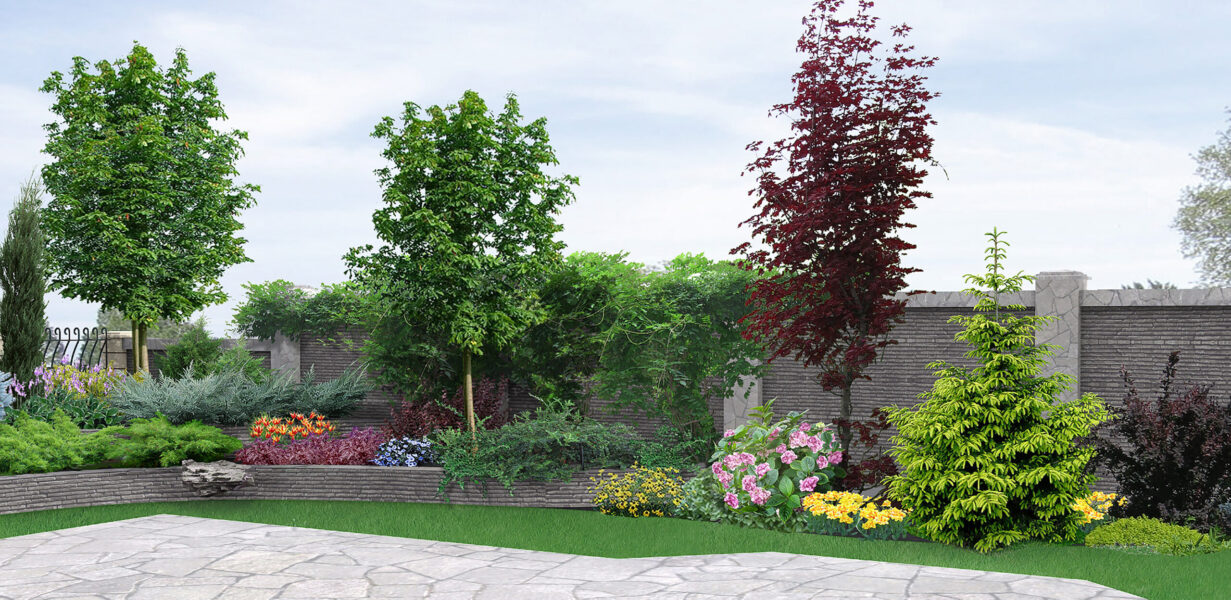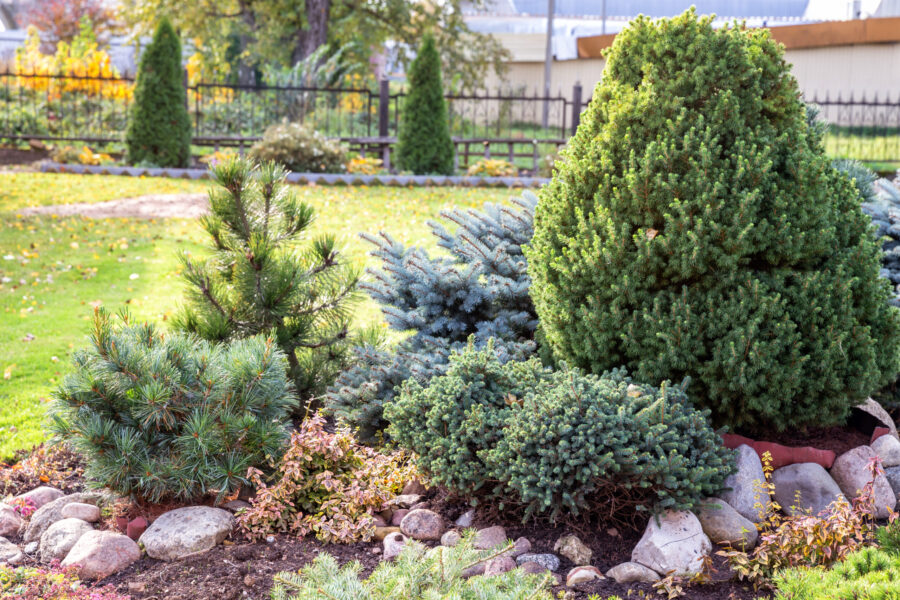It’s common to plant way more seedlings than you really need. You want to make sure you end up with enough healthy plants, so you end up sowing additional seeds. Sometimes, like with beets, for example, a seed is actually a group of seeds, and it’s necessary to get rid of those extra plants that appear.
Planting seeds really takes a lot of guesswork. No guide or manual guarantees your garden will grow perfectly if you follow the proper steps. That’s why it’s time to take it upon yourself to cultivate healthy plants by thinning the seedlings.
Thinning Healthy Plants is Necessary
Thinning your plants allows them enough room to grow so that they can receive appropriate levels of moisture, nutrients, light, and more. Thinning healthy plants ensures they won’t need to compete for critical resources. That’s one of the reasons why beautifully landscaped gardens often have plants spaced apart – flowers and shrubs.
When to Thin Healthy Plants
One little trick to a seedling’s success is knowing when it’s time to thin healthy plants. If you wait too long, overdeveloped roots can cause damage to the remaining seedlings during the thinning process. Depending on what you’re growing, you’ll need to thin the plants enough that there are a couple of inches between each plant or about two finger widths apart.
Make sure the soil is reasonably moist beforehand, which simply makes it easier to remove intact and, therefore, less damaged plants. If your soil is too dry, you can use water to soften the ground. Your seedling should be at least three to four inches tall.
Plants will recover quicker in darker conditions and colder temperatures, so time your thinning to take advantage of nighttime hours. Cloudy days could possibly be equally as effective.
How to Thin Your Seedlings
Learning to thin healthy plants isn’t too complicated. However, not all plants handle the thinning process the same way. For example, those with fragile roots like melons, cucumber, pumpkins, or beans must be thinned before their roots have the chance to intertwine. This way, none of your plants will suffer from root disorders.
It should be noted that root crops are more sensitive to thinning, which should be taken into consideration before beginning. They’ll need to be extracted more carefully than other healthy plants. If the seeds were sown enough together, the root systems could begin to grow and become entangled very quickly with each other. So, if you pull up a plant, you can end up damaging other nearby plants. When you thin and remove seedlings, do so gently. Try not to destroy any flowers or leafy vegetables nearby.
Very often, our first instinct in thinning seedlings is to simply remove them the way we remove weeds. The problem, though, is that pulling a seedling like a weed can damage the root system of the seedling you want to keep. An easy and safe way to thin the seedlings is to use a small pair of scissors to cut the seedlings you don’t want. Cut the stem at ground level, trim the soil clippings, and move on to the next seedling.
Are you ready to let your garden grow? Need some help thinning and cleaning up your gardens for spring? Call Aisling View today at 317-636-9408 for expert opinions on your spring landscaping projects.
Are you on Facebook? We are, too. Let’s be friends!







Recent Comments